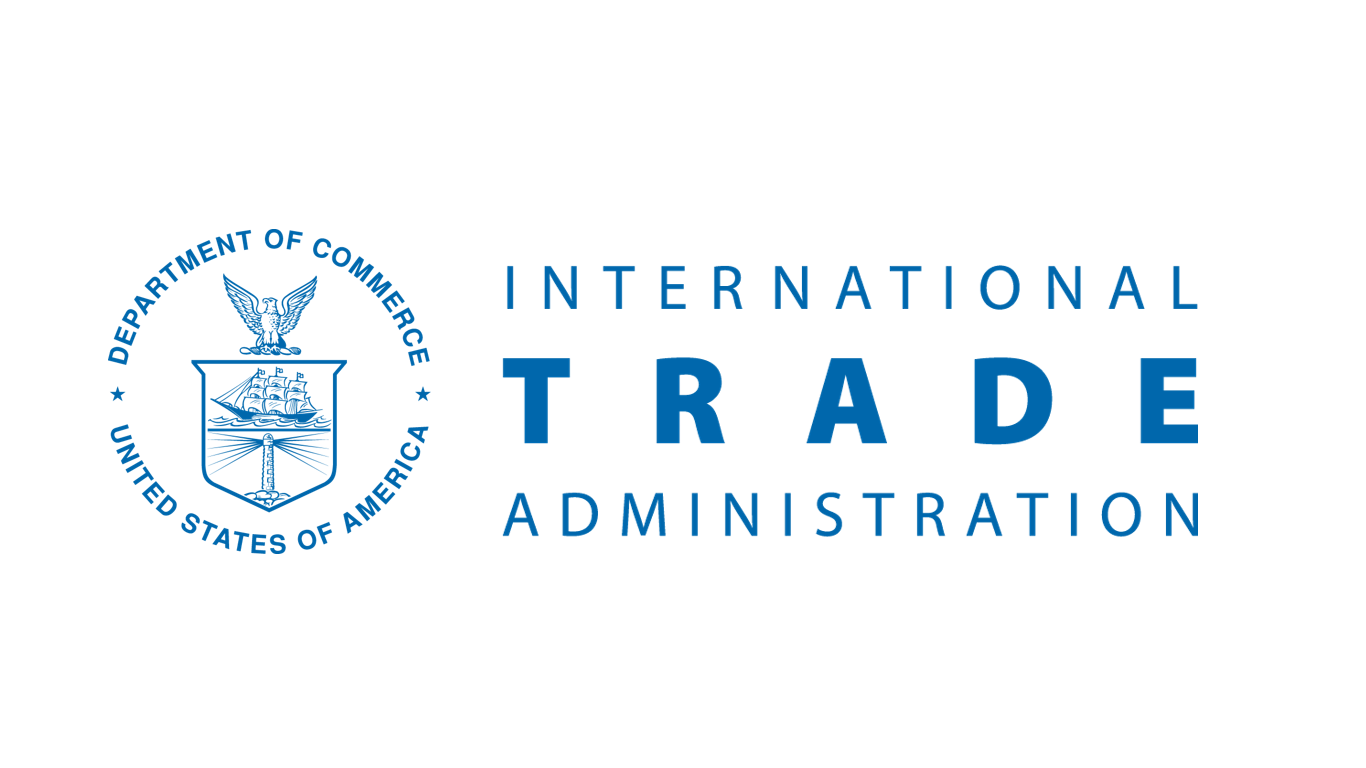Rules and Regulations
Rules and Regulations
Introducing an export strategy to your business requires taking on and understanding legal responsibilities that govern international trade. Different countries have different laws and rules as well as agreements with the United States which may make exporting simpler and more efficient for you. Knowing these laws can help ensure that you choose the right export partner as well as protect you from unfair treatment or business practices.
Licensing and Documentation
Many countries require import licenses for goods and products that are being exported from the U.S. This requirement is often the responsibility of the importing foreign company. However, as the seller, you should ensure that your partners have completed the necessary documentation and obtained all approvals and authorizations. Some countries provide automatic licensing, meaning that a license is granted immediately upon submission of an application.
The U.S. requires export licenses for certain products that have dual uses (both civilian and military). The trade of certain textile products may be restricted from certain countries depending on their use. OTEXA can help you determine if your products fall into this category and identify countries where exports licenses are required.
Tariffs and Taxes
Many countries place tariffs on imported goods. As you narrow down potential export markets, these tariffs should be considered because they represent an additional cost on your goods to your customers. Tariffs are often applied ad valorem (a duty based on a percentage of the cost, insurance and freight value of the merchandise) or as specific duties (based on a set amount for square meter, kilogram, per item, etc.).
In addition, your exports may also be subject to a Value Added Tax (VAT) or a similar tax. A VAT is similar to a sales tax and increases the cost of your goods to the end consumer. Understanding this tax can help you determine the appropriate pricing structure you should adopt, as well as your competitive position relative to other companies.
Free Trade Agreements
The U.S. has entered into several Free Trade Agreements (FTAs) with countries throughout the world. These agreements generally eliminate or significantly reduce barriers to trade, including tariffs. In addition, they improve laws protecting intellectual property rights, open up government procurement opportunities and ease investment rules. Trading with a U.S. FTA partner can provide American companies with advantages over other foreign businesses.
As a textile or apparel manufacturer, you will find that FTAs can help you enter and compete more easily in the global marketplace.
The U.S. currently has bilateral FTAs in effect with Australia, Bahrain, Chile, Israel, Jordan, Morocco, Oman, Singapore, Peru, Korea, and Columbia. It also has two multilateral FTAs, NAFTA (North American Free Trade Agreement with Canada and Mexico) and CAFTA-DR (Dominican Republic-Central America Free Trade Agreement with Costa Rica, the Dominican Republic, El Salvador, Guatemala, Honduras and Nicaragua).
To better understand how these FTAs can potentially improve your export process, visit OTEXA’s Free Trade Agreements page. The site provides detailed information on all existing and pending agreements, particularly with regards to provisions on textile and apparel trade. This information will help you gain the full benefit of U.S. FTAs.
